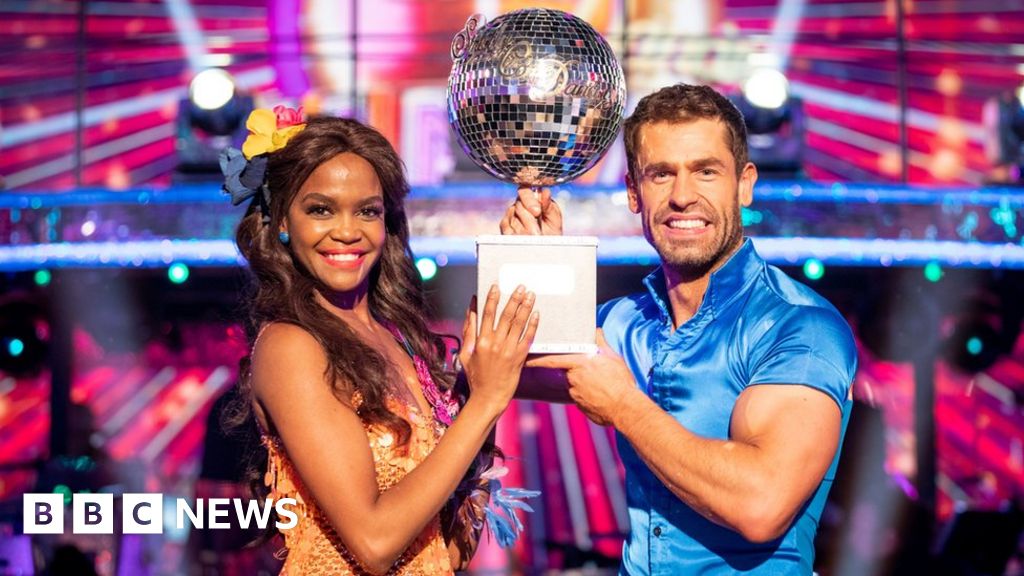By Alice Aitken
BBC News
image copyrightGetty Images
Strictly Come Dancing will be back on our screens this autumn, and this year’s celebrity contestants have been unveiled.
But how do you stage a dance competition under social distancing guidelines, and what changes might viewers notice?
How will things be different this year?
Strictly will start later this year, in October rather than September, and the series will be slightly shorter.
There will be themed weeks for films and musicals as in previous years, but not for Halloween, because it falls too early in the run.
He is also a judge on the show’s US version, Dancing with the Stars, but cannot travel between the two because of quarantine rules. Instead he will take part in Strictly’s results shows via video link, before returning full-time “towards the end of the series”.
Will dancers have to stay 2m (6ft) apart from each other?
Ballroom dancing cannot be performed at a distance, so the couples must form a support bubble with each other.
One dancer in each pair will live alone for the duration of the series.
The show is also following the broadcasting industry’s guidelines on “close contact cohorts”, which are used when pairs or small groups are unable to maintain social distancing.
Producers are advised to keep cohorts as small as possible – each Strictly couple will count as one – and to have regular coronavirus testing.
If anyone tests positive during the series, they will have to self-isolate for two weeks, so will be unable to continue in the competition.
The professional dancers stayed in a hotel for four weeks, so that their group dances could be filmed before the series.
What about the live band and singers?
The studio band, led by Dave Arch, will be on Strictly again this year.
However, as the musicians must socially distance from each other, they cannot all be in the studio, so some parts will have to be pre-recorded before each show.
There will also be guest music acts for the results shows, accompanied by dancers.
Restrictions around singing, wind and brass instruments which previously required “extended social distancing” have been relaxed.
Will there be a studio audience?
This remains unclear but the show is planning for a range of different scenarios – from having no audience at all to a full studio.
Audiences for live performances are currently permitted if people attend in groups of no more than six and don’t interact with anyone else. The audience size also depends on the venue capacity.
Dancers will no longer gather around presenter Claudia Winkleman as she interviews them. Instead they will sit in the audience at tables.
The size of the studio crew will also be reduced.
Will the celebrities have to do their own hair and make-up?
No they won’t, but things will still be different backstage.
Hair and make-up artists will follow government guidance on “close contact services”, and will make use of personal protective equipment. Artists will also be assigned to specific couples to reduce unnecessary mixing.
Government guidance suggests:
- putting screens between stations
- limiting the amount of time people spend in hair and make-up
- allocating each performer their own make-up kit, brushes and hair products
For costume departments, advice includes:
- separating costumes in plastic bags
- using changing cubicles
- reducing the number of quick changes
- avoiding sharing equipment by giving everyone their own sewing machine
What’s happening to other shows?
A new series of The Great British Bake Off has just started on Channel 4. To ensure the safety of contestants, producers and crew, everyone involved in the show spent six weeks isolating together in a hotel during filming.
Filming on soaps like EastEnders and Coronation Street has also resumed with new episodes now being broadcast.
Louisa Lytton, who plays Ruby Allen in EastEnders, explained to BBC Radio 5 Live how social distancing is maintained on set at all times: “I’m 2m away from everybody at work the moment I walk through the door”.










